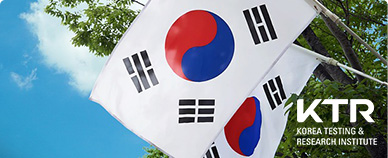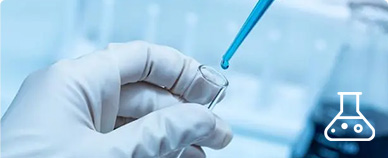Application of new varieties of genetically modified microbial food additives
Legal overview
Articles 37 and 93 of the Food Safety Law of the People's Republic of China stipulate :“ For the production or import of new varieties of food additives, safety assessment materials of related products shall be submitted to the administrative department of public health under The State Council. The administrative department of public health under The State Council shall, within 60 days from the date of receipt of the application, organize the examination, grant permission and make public the application if it meets the food safety requirements, and give written reasons for denying permission if it does not meet the food safety requirements.
In 2017, The State Council coordinated the division of departmental responsibilities on the management of genetically modified microorganisms and their products used in the food industry, clarified that the Ministry of Agriculture and Rural Affairs was responsible for the safety evaluation of genetically modified microorganisms, and the National Health Commission agreed to accept the application for administrative license of new varieties of enzyme preparations. In 2021, the national regulatory authorities officially opened the declaration path of new varieties of genetically modified microbial food additives in other functional categories except genetically modified enzyme preparations.
Declaration category
New varieties of genetically modified microbial food additives refer to the genetically modified microbial food additives that are not included in the national food safety standards, are not included in the original Ministry of Health, the original Health and Family Planning Commission and the National Health Commission announcement allowing the use of genetically modified food additives, and expand the scope of use. Transgenic food additives can be understood as food additives produced by using genetic engineering to change the genome of the recipient microorganism.
For example, in recent years, in the field of cosmetics, the hot [ergothione] has been widely praised in the foreign functional food market, and the current mainstream preparation process of ergothione is synthetic biological fermentation, there is no doubt that ergothione is a new food raw material in the food field, and the ergothione produced by transgenic technology needs to declare transgenic new food raw materials. In addition, [sialic acid (n-acetylneuramic acid)], which is widely used in infant milk powder, protein powder, elderly milk powder and other products, is also mainly prepared by synthetic biological fermentation. Sialic acid has been approved by the Health and Health Commission as early as 2017, but sialic acid produced by synthetic biology still needs to declare transgenic new food raw materials.
Declaration process
Compared with general new food raw materials, the declaration of new food raw materials with genetically modified microorganisms is more complicated and needs to be evaluated or approved by two regulatory authorities.
1) Ministry of Agriculture and Rural Affairs: responsible for the safety assessment of genetically modified microorganisms;
2) National Health Commission: responsible for the review and approval of the final product produced by the genetically modified microorganism, that is, the new food raw materials.
Application material requirements for new food raw materials with genetically modified microorganisms
When declaring such new food raw materials, the applicant is required to submit the following two sets of information:
1. Safety assessment materials for transgenic microorganisms
2. Application materials for new food raw materials
Zhongbang is one of the earliest institutions in China to engage in compliance consulting services. It has a senior expert team composed of PhDs, Masters, and Bachelor's degrees, and has established branches in the UK, the United States, South Korea, Beijing, Shanghai, Suzhou, Fuzhou, Shenzhen, and other places, forming a global service network layout.
-
Strong technical strength:
A strong team composed of mid to senior technical personnel with professional backgrounds in chemistry, food nutrition and health, medicine, biology, toxicology, environment, and other fields
-
International service level:
A business elite team with multiple languages including English, Japanese, German, and Chinese, efficiently serving international customers
-
Rich compliance experience:
With years of experience in global product and regulatory research in multiple fields, we are able to provide comprehensive and high-level compliance consulting support to various customers
-
Localized service capabilities:
Having multiple branch offices in the UK, USA, South Korea, Beijing, Shanghai, Suzhou, Fuzhou, Shenzhen, etc., we can provide you with services nearby
Service Hotline :400-115-9001
Zhongbang Consulting (Shandong Zhongbang North Management Consulting Co., Ltd.) focuses on product registration and compliance consulting services. With its professional technology, diverse resources, and global network, we are committed to providing regulatory consulting and environmental regulation response services for pharmaceutical, chemical, consumer goods production enterprises, and large multinational corporations. To solve the environmental, health and safety laws and regulations, product quality standards, and other issues faced by enterprises in production, sales, and global trade processes.
Accumulated Customers
18,000+
Distributed in 35 countries and regions
14year
Industry experience
260+
Senior expert team
15+
Subsidiaries
300+
Collaboration Cases
Brand Cases
The choices and trust of over 18000 customers are the driving force for Zhongbang to continuously improve its services. We are willing to grow together with these excellent enterprises
Service Hotline:400-115-9001






































































 Consultation
Consultation
 400-115-9001
400-115-9001